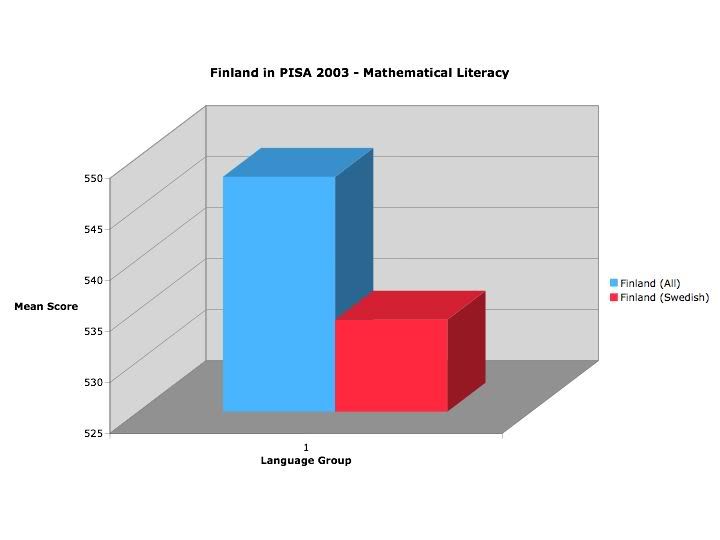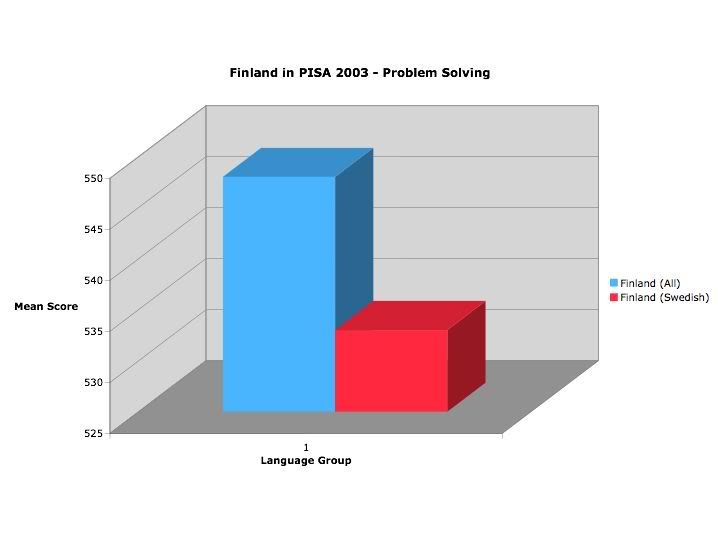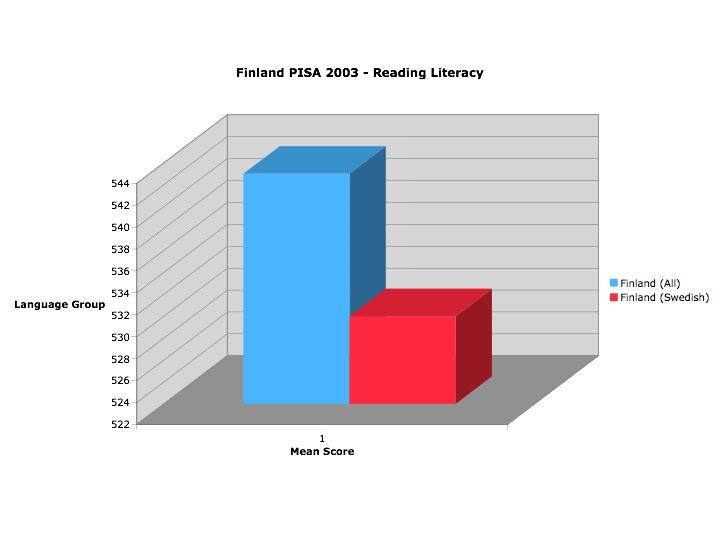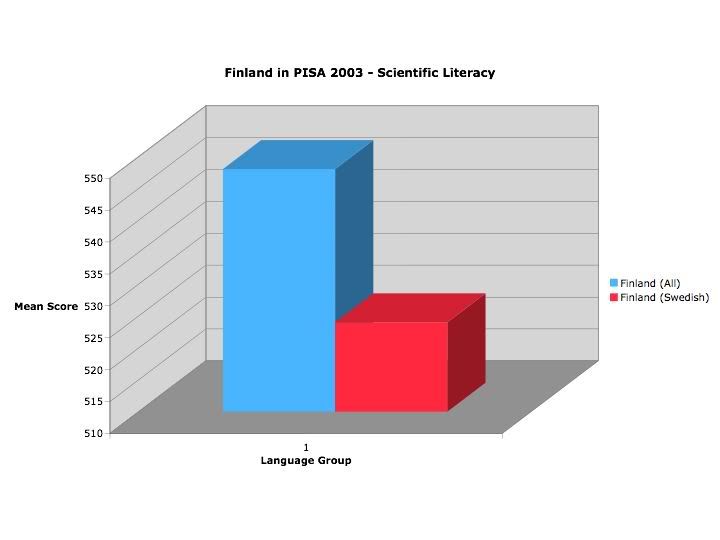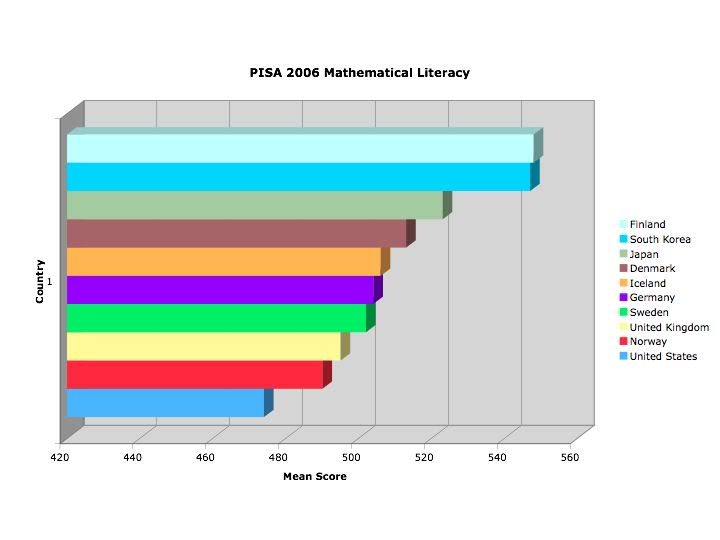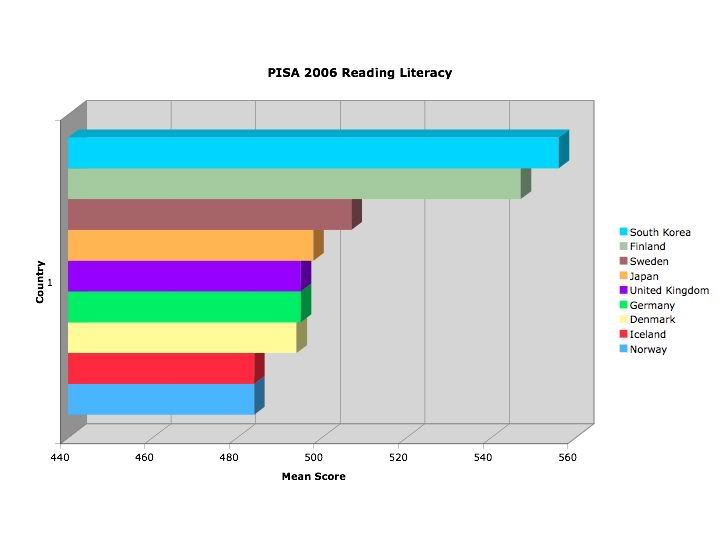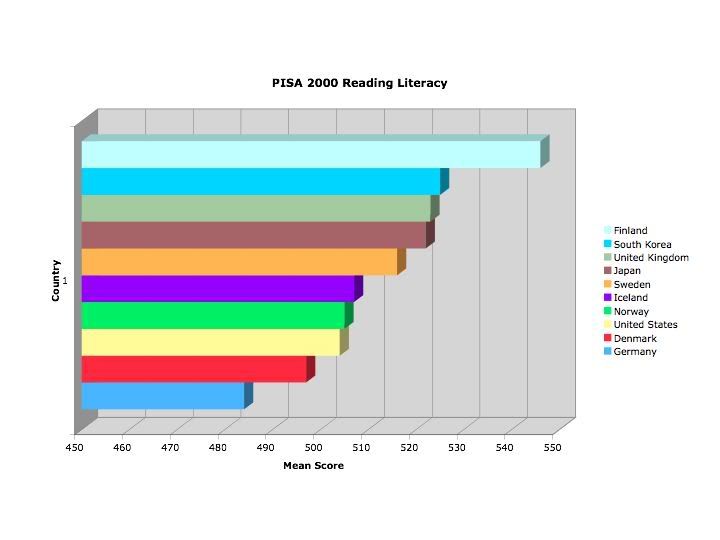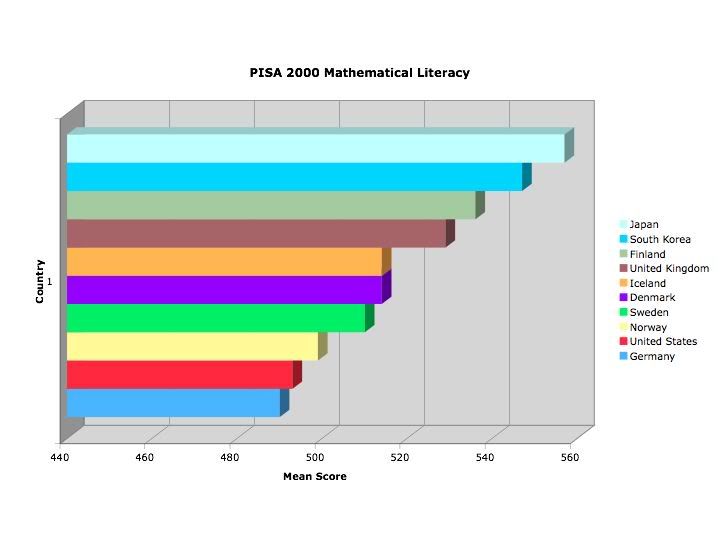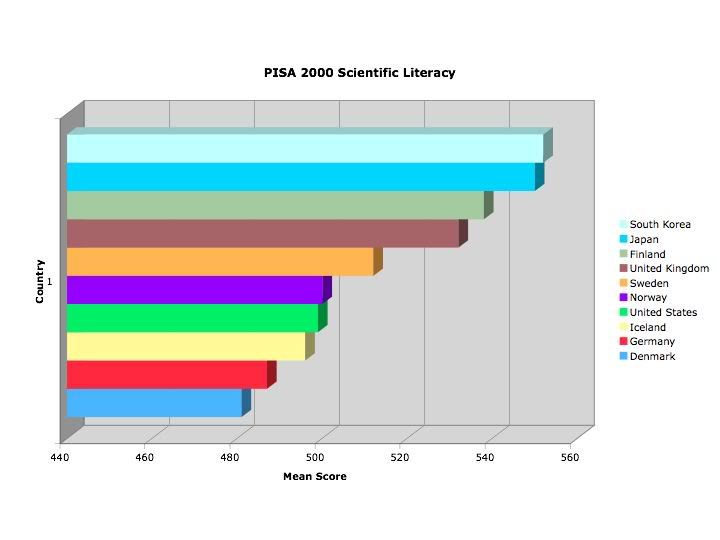The Finnish language possesses unique characteristics that separate it from other European languages. In fact, the distinctiveness of the language demonstrates the Finns' uniqueness as a people and remains an extraordinary characteristic.
The centuries under Swedish rule enhanced the pride in their language, due to the necessity of Swedish, used in all officialdom, including education. The bilingualism of Finland, stemming from Swedish rule, adds a new dimension to the influence of language.
Under Swedish rule, Finnish speakers were forced to accommodate the Swedish language. The people of Finland expressed their nationalist feelings in Swedish, the educated of Finland spoke in Swedish, and schools used Swedish as the language of instruction. This led to a feeling of superiority in reference to the Swedish language. The advantages for Swedish speakers were significant. Many adopted Swedish as their mother tongue.
Despite, or because of this, a Finnish nationalistic sense emerged, and through this came the fight for the Finnish language. This nationalism emphasized education for all, and the expansion of the Finnish language to a position equal to Swedish, and to have two official languages.
Many in Finland championed the use of the Finnish language. Church reformer Mikael Agricola translated the prayer book and the New Testament into Finnish. A.I. Arvidsson, a poet, encouraged modernization and the expansion of education. He felt Finland could achieve these goals by removing the language barriers between the two languages. He said: "We are no longer Swedes, we cannot become Russians, let us therefore become Finns in thought, feeling and deed."
Finnish began to infiltrate education. In 1941, the Finnish Lyceum started teaching Finnish, and the university in Finland established a chair of Finnish in 1850. In 1858, the first Finnish secondary school started in Jyvaskyla.
The constitution of 1919 declared official bilingualism in Finland.
This link to Swedish culture and language does allow Finland to cooperate within the Nordic community. Finland assumed Scandinavian identity after independence, rather than affiliating itself with the East.
